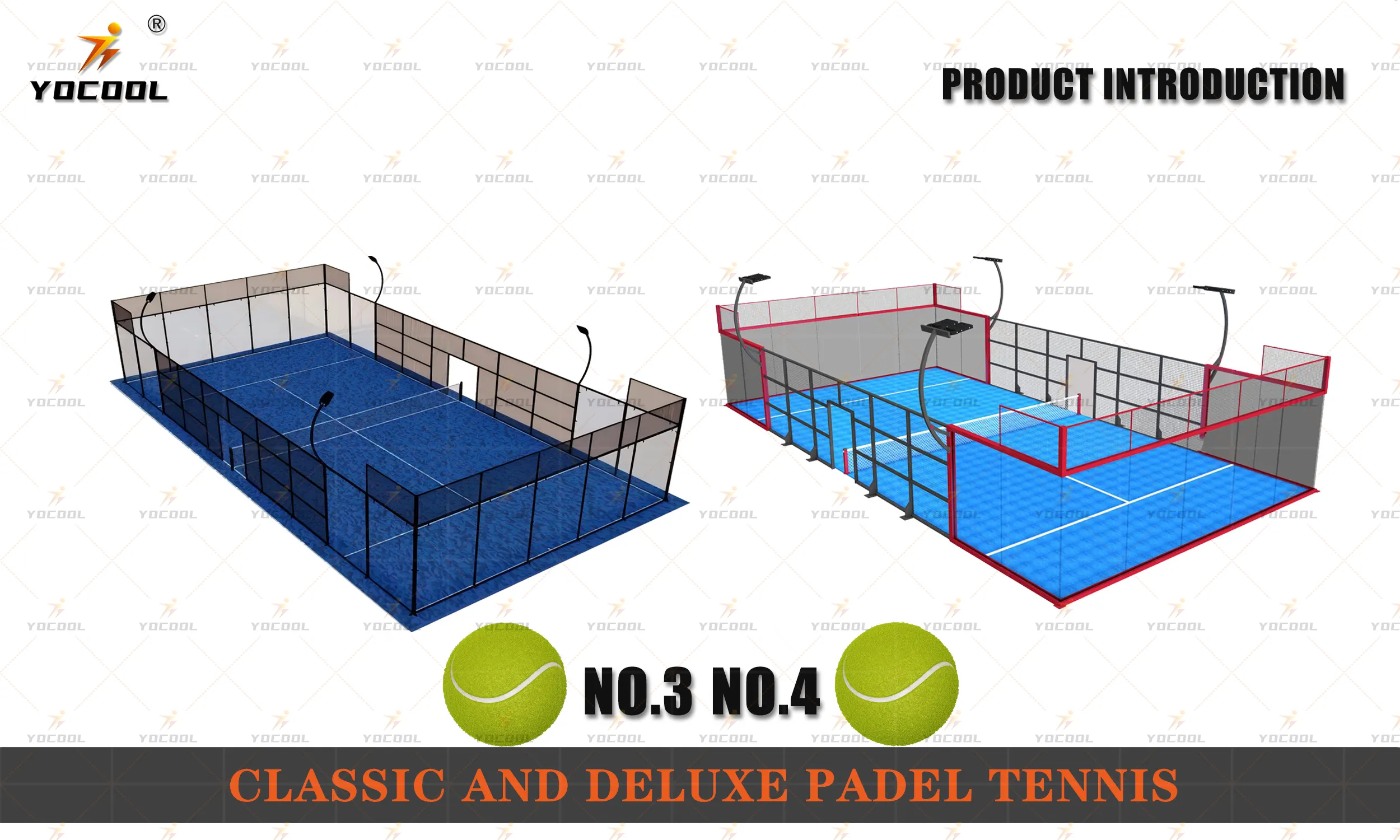

The Emergence and Evolution of Racquetball and Tennis
Racquetball and tennis are two dynamic racquet sports that have carved their unique niches in the hearts of sports enthusiasts around the world. While both sports involve hitting a ball with a racquet, they possess distinct rules, playing environments, and cultures that set them apart. This article delves into their origins, gameplay, and the influence they have on players and communities alike.
Origins and Development
Tennis has origins tracing back to 12th century France, with a game called “jeu de paume,” where players would hit a ball with their hands. The modern form of tennis we recognize today began to take shape in the late 19th century, particularly with the establishment of the All England Club and the introduction of Wimbledon in 1877. The sport quickly gained popularity, with major tournaments sprouting around the globe and prominent figures emerging in the game, shaping its rich history.
In contrast, racquetball is a relatively newer invention. It was developed in the 1950s by an American named Joseph Sobek, who sought to create a fast-paced indoor sport. Sobek combined elements of squash and handball, aiming for a game that could be played year-round, even in inclement weather. The sport was an immediate hit, and by the 1970s, it had established a following, with associations and tournaments forming to govern and promote the game.
Gameplay and Rules
While both sports utilize racquets and balls, their gameplay varies significantly. Tennis is played on a large rectangular court surrounded by a net, with the objective of hitting the ball over the net into the opponent’s court. The game emphasizes strategy, precision, and stamina, with players often engaging in extended rallies to gain the upper hand. Scoring can be complex, as it includes sets, games, and points, and matches can last several hours, showcasing endurance on the part of the athletes.

Racquetball, on the other hand, takes place in a much smaller, enclosed court. The game requires players to hit the ball against the walls, with the objective being to make the ball bounce in a way that the opponent cannot return it. With a fast-paced and high-energy style of play, racquetball emphasizes quick reflexes and agility. Scoring is generally simpler, as it often follows a format where points can be scored both when serving and receiving.
Community and Cultural Impact
Both racquetball and tennis foster community spirit, offering opportunities for social interaction, competition, and fitness. Tennis, often seen as an elite sport, has clubs and tournaments that provide a social arena for networking and camaraderie. Events like the Grand Slam tournaments capture the public’s imagination, showcasing not only athletic prowess but also drawing fans from all walks of life.
Racquetball, with its energetic nature and accessible indoor courts, appeals to a diverse audience. It is particularly popular in fitness centers, promoting a culture of health and wellness. This sport often draws in younger players, with the excitement of fast-paced action making it an engaging choice for families and individuals alike.
Conclusion
In conclusion, both racquetball and tennis have made significant contributions to the realm of sports, each bringing its own flavor, history, and community spirit. They offer not just competitive outlets, but also avenues for social interaction and personal development. While tennis may have clientele drawn to its traditional and sometimes elite approach, racquetball brings a more accessible, fun, and fast-paced option. Regardless of preference, what remains undeniable is the passion and enthusiasm that both sports inspire in players and fans around the globe. The evolution of these racquet sports continues to shape the landscape of athletic competition, ensuring their lasting legacy in the world of sports.
Premium Paddle Tennis Rackets for Every Court & Player
Premium Padel Courts: Expert Design & Installation Services
Premium Padel Courts: Panoramic Designs & Custom Builds
Premium Padel Court | Custom Designs & Quality Installation
Paddle Tennis Rackets: Unleash Power & Precision on Court
Best Paddle Tennis Rackets: Power, Control & Comfort